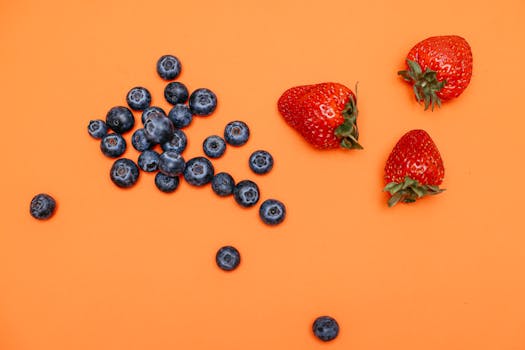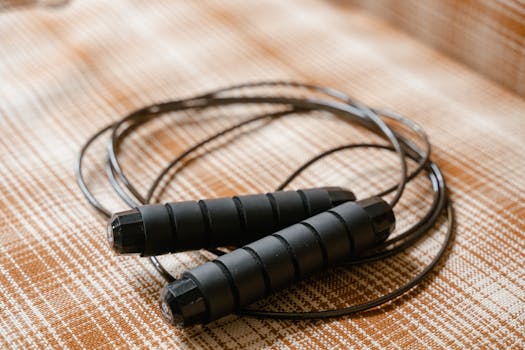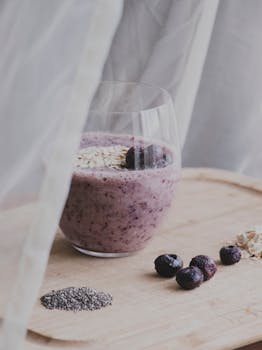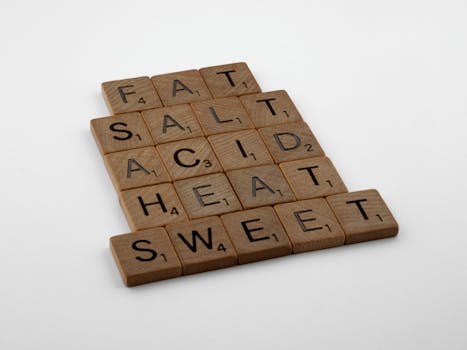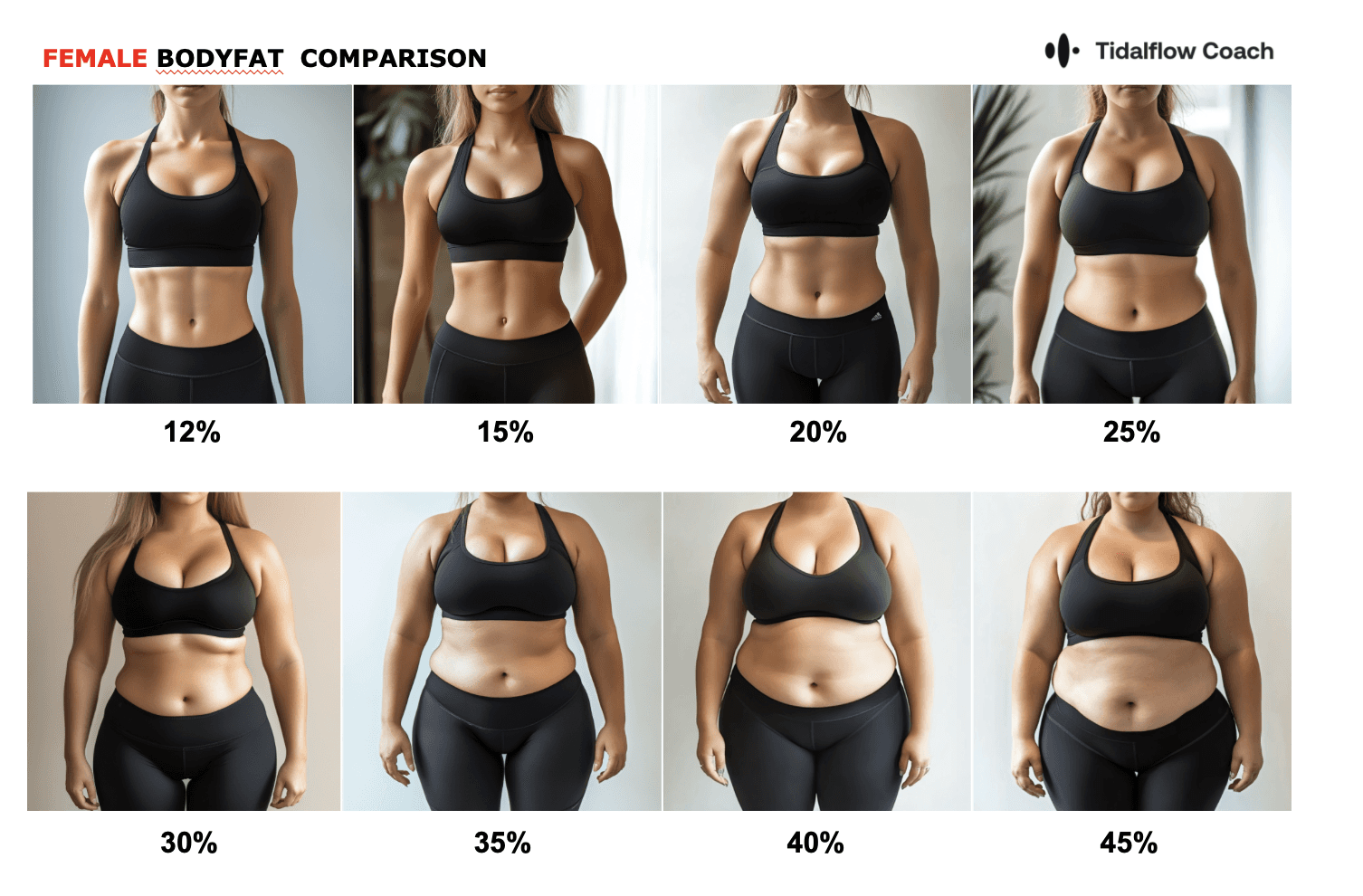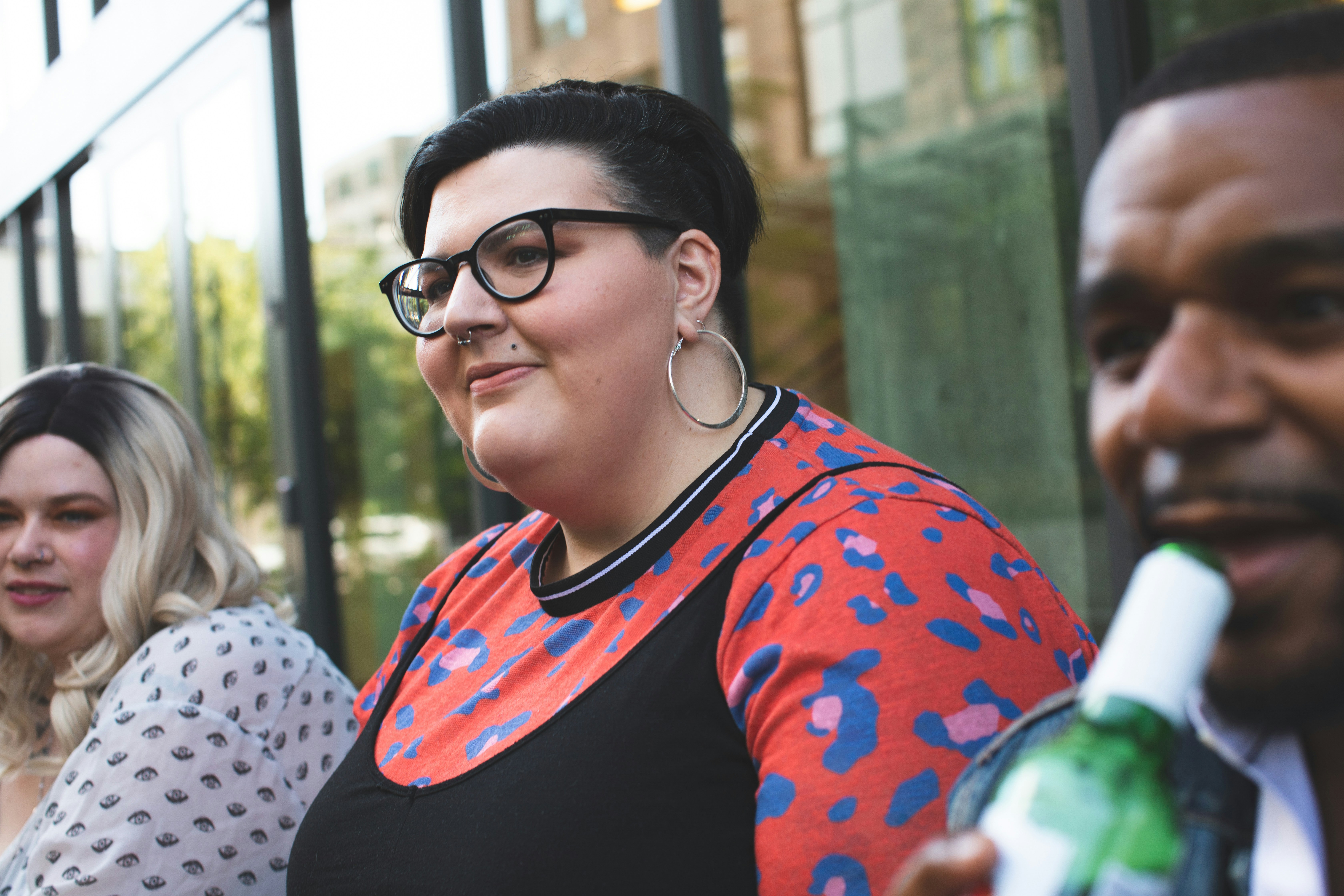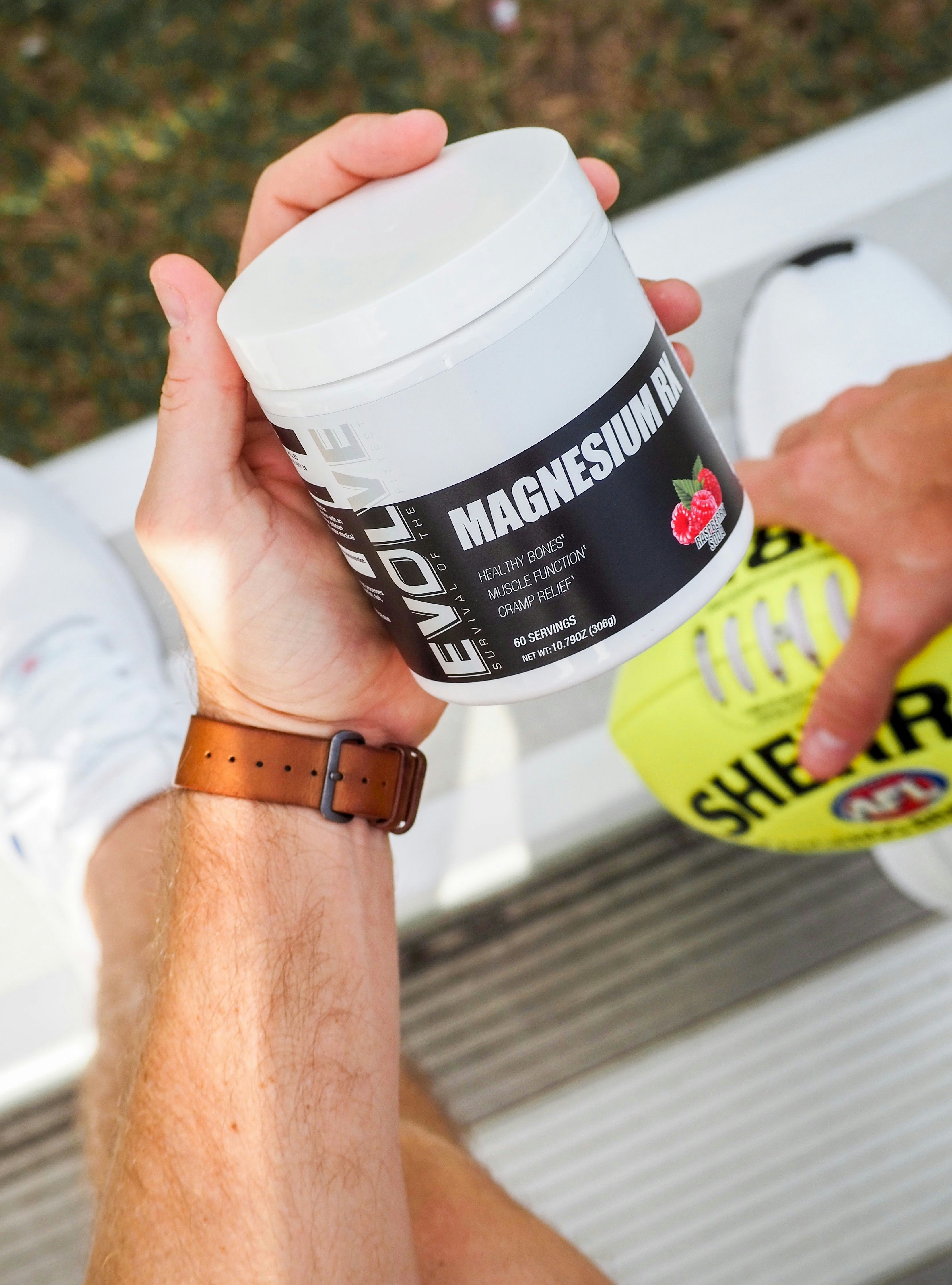90-30-50 Diet Plan: The Ultimate Guide for Beginners
Sep 5, 2024
90-30-50 Diet: Ultimate Beginner's Guide
Are you looking for a balanced approach to weight loss that doesn't sacrifice your favorite foods? The 90-30-50 diet plan might be the answer you've been searching for. This comprehensive guide will walk you through everything you need to know about this trending diet plan that's taking over TikTok and helping people achieve their weight loss goals.

What is the 90-30-50 Diet Plan?
The 90-30-50 diet is a macronutrient-focused eating plan that emphasizes balanced nutrition for optimal health and weight loss. The numbers represent daily intake goals:
90 grams of protein
30 grams of fiber
50 grams of healthy fats
This approach aims to provide a well-rounded nutritional profile that supports weight loss, muscle maintenance, and overall health without restricting certain foods.
The Science Behind the 90-30-50 Diet
Protein (90 grams)
Consuming adequate protein is crucial for weight loss and overall health:
Boosts metabolism
Promotes satiety
Supports muscle maintenance and growth
Research shows that increasing protein intake can lead to significant weight loss and improved body composition. A study published in the American Journal of Clinical Nutrition found that a high-protein diet resulted in greater fat loss and preservation of lean body mass compared to a standard-protein diet.
Fiber (30 grams)
Fiber plays a vital role in digestive health and weight management:
Promotes feelings of fullness
Regulates blood sugar levels
Supports gut health
The Academy of Nutrition and Dietetics recommends 25-38 grams of fiber per day, but most Americans fall short of this goal. The 90-30-50 diet's emphasis on 30 grams of fiber aligns with these recommendations and can contribute to improved digestive health and weight loss.
Healthy Fats (50 grams)
Incorporating healthy fats into your diet is essential for:
Hormone regulation
Nutrient absorption
Satiety and flavor
The 50-gram recommendation for healthy fats aligns with the Dietary Guidelines for Americans, which suggest that 20-35% of daily calories should come from fat. This balanced approach ensures you're getting enough fat for optimal health without overconsuming.
Benefits of the 90-30-50 Diet Plan
Sustainable Weight Loss: The balanced macronutrient approach promotes gradual, long-term weight loss.
Improved Energy Levels: Stable blood sugar levels lead to consistent energy throughout the day.
Better Blood Sugar Control: The combination of protein, fiber, and healthy fats helps regulate blood glucose.
Enhanced Muscle Maintenance: Adequate protein intake supports muscle preservation during weight loss.
Reduced Cravings: Balanced meals help curb hunger and minimize unhealthy food cravings.
Improved Digestive Health: High fiber intake promotes a healthy gut microbiome.
Balanced Nutrition: The plan ensures you're getting a wide range of essential nutrients.
For those looking to make significant changes in their body composition, the 90-30-50 diet can be an effective tool. Learn more about how to reduce your body fat percentage from 25% to 15% for a leaner, healthier you.
What to Eat on the 90/30/50 Diet
To meet your daily goals, focus on these food groups:
Protein Sources (90g)
Lean meats (chicken, turkey, lean beef)
Fish (salmon, tuna, cod)
Eggs
Legumes (lentils, chickpeas, black beans)
Tofu and tempeh
Greek yogurt
Cottage cheese
Fiber-Rich Foods (30g)
Vegetables (broccoli, Brussels sprouts, carrots)
Fruits (apples, pears, berries)
Whole grains (oats, quinoa, brown rice)
Beans and legumes
Chia seeds and flaxseeds
Nuts (almonds, walnuts)
Healthy Fats (50g)
Avocado
Nuts and seeds
Olive oil and coconut oil
Fatty fish (salmon, mackerel, sardines)
Nut butters (almond butter, peanut butter)
Olives
Sample Meal Plan
Here's a sample meal plan to help you get started with the 90-30-50 diet:
Breakfast
Greek yogurt parfait with berries, chia seeds, and a drizzle of honey
Protein: 20g | Fiber: 5g | Healthy Fats: 10g
Morning Snack
Apple slices with almond butter
Protein: 5g | Fiber: 4g | Healthy Fats: 8g
Lunch
Grilled chicken salad with mixed greens, avocado, and olive oil dressing
Protein: 30g | Fiber: 8g | Healthy Fats: 15g
Afternoon Snack
Protein smoothie with spinach, banana, and a scoop of protein powder
Protein: 20g | Fiber: 3g | Healthy Fats: 2g
Dinner
Baked salmon with quinoa and roasted vegetables
Protein: 25g | Fiber: 10g | Healthy Fats: 15g
Total: Protein: 100g | Fiber: 30g | Healthy Fats: 50g

Implementing the 90-30-50 Diet Plan
Follow these steps to successfully implement the 90-30-50 diet:
Calculate Your Calorie Needs: Use the Tidalflow Calorie Calculator to determine your daily energy requirements. This will help you create an appropriate calorie deficit for weight loss.
Plan Your Meals: Distribute your protein, fiber, and fat goals across your daily meals and snacks. Use the sample meal plan above as a starting point and adjust according to your preferences.
Track Your Macros: Use a food tracking app or the Tidalflow Nutrition Tracker to monitor your intake of protein, fiber, and healthy fats. This will help you stay accountable and ensure you're meeting your daily targets.
Incorporate Exercise: Combine the diet with regular workouts for optimal results. Check out Tidalflow Workout Plans for personalized routines that complement your dietary efforts.
Be Consistent: Stick to the plan for at least 4-6 weeks to see significant results. Remember that sustainable weight loss takes time and consistency is key.
Adjust as Needed: Listen to your body and make adjustments to suit your individual needs and goals. If you're feeling consistently hungry or low on energy, you may need to adjust your calorie intake or macronutrient balance.
Tips for Success on the 90-30-50 Diet
Meal Prep: Prepare meals in advance to ensure you always have balanced options available.
Read Labels: Pay attention to nutrition labels to accurately track your macronutrient intake.
Stay Hydrated: Drink plenty of water throughout the day to support digestion and overall health.
Prioritize Whole Foods: Choose minimally processed foods whenever possible for optimal nutrition.
Experiment with Recipes: Try new recipes that fit the 90-30-50 macronutrient ratio to keep your meals interesting.
Allow for Flexibility: Don't stress if you don't hit your macros perfectly every day. Aim for consistency over perfection.
Common Challenges and How to Overcome Them
Challenge 1: Meeting Protein Goals
Solution: Incorporate protein-rich snacks like Greek yogurt, hard-boiled eggs, or protein shakes. Consider using protein supplements if needed.
Challenge 2: Increasing Fiber Intake
Solution: Gradually increase your fiber intake to avoid digestive discomfort. Add high-fiber foods to each meal, such as vegetables, fruits, and whole grains.
Challenge 3: Balancing Healthy Fats
Solution: Include sources of healthy fats in your meals, such as avocado on salads or nuts as snacks. Use cooking oils like olive oil in moderation.
Challenge 4: Dealing with Cravings
Solution: Allow for occasional treats in moderation. Focus on balanced meals to help reduce cravings naturally.
Does the 90/30/50 Diet Work?
While individual results may vary, many people have reported success with the 90-30-50 diet. The balanced approach to macronutrients can lead to:
Improved satiety and reduced cravings
Stable energy levels throughout the day
Gradual, sustainable weight loss
Remember, weight loss always comes down to creating a calorie deficit. The 90-30-50 diet can help you achieve this by promoting nutrient-dense, filling foods that keep you satisfied while supporting your overall health.
FAQs About the 90/30/50 Diet
What is 90 30 50 calories?
The 90-30-50 diet doesn't focus on calorie counting. Instead, it emphasizes hitting specific macronutrient targets: 90g protein, 30g fiber, and 50g healthy fats.
Is 90 percent diet losing weight?
While diet plays a crucial role in weight loss, the 90-30-50 plan isn't about eating 90% of your calories from one source. It's about balancing macronutrients for optimal health and weight management.
What is the best protein ratio for fat loss?
While needs vary, research suggests that higher protein intakes (1.2-1.6g per kg of body weight) can support fat loss and muscle maintenance during weight loss.
How many kg can I lose in 90 days?
Weight loss varies by individual, but a safe and sustainable rate is 0.5-1kg per week. Over 90 days, this could result in 6-12kg of weight loss when combined with exercise and a calorie deficit.
Customizing the 90-30-50 Diet for Special Needs
The 90-30-50 diet can be adapted to suit various dietary requirements and health conditions:
Vegetarian and Vegan Options
For plant-based eaters, focus on protein sources like legumes, tofu, tempeh, and plant-based protein powders. Ensure you're getting a variety of plant proteins to meet your amino acid needs.
Gluten-Free Adaptation
Replace gluten-containing grains with alternatives like quinoa, rice, and gluten-free oats. Many naturally gluten-free foods fit well within the 90-30-50 framework.
Managing Health Conditions
For those with specific health conditions, it's important to tailor your approach. For example, learn how to lose weight with hypothyroidism while following the 90-30-50 diet principles.
Combining the 90-30-50 Diet with Exercise
While the 90-30-50 diet can be effective on its own, combining it with regular exercise can enhance your results and overall health. Consider the following:
Strength Training: Building muscle can boost your metabolism and help maintain muscle mass during weight loss.
Cardiovascular Exercise: Improves heart health and burns additional calories.
Flexibility Work: Enhances mobility and reduces the risk of injury.
The Tidalflow Exercise Library offers a wide range of workouts suitable for all fitness levels that can complement your 90-30-50 diet plan.
Tracking Progress on the 90-30-50 Diet
To stay motivated and assess your progress, consider tracking the following:
Weight: Weekly weigh-ins can help you monitor overall weight loss.
Body Measurements: Track changes in waist, hip, and other body measurements.
Progress Photos: Take monthly photos to visually track your transformation.
Energy Levels: Note improvements in daily energy and mood.
Fitness Performance: Track improvements in strength and endurance.
Remember that progress isn't always linear, and it's normal to experience fluctuations. Focus on long-term trends rather than day-to-day changes.
Conclusion
The 90-30-50 diet plan offers a balanced, sustainable approach to weight loss and overall health. By focusing on optimal protein, fiber, and healthy fat intake, you can create an eating plan that supports your fitness goals without feeling deprived.
This guide has provided you with the knowledge and tools to get started on your 90-30-50 diet journey. Remember to be patient with yourself, stay consistent, and make adjustments as needed. With dedication and the right approach, you can achieve lasting results and improve your overall health and well-being.
Ready to transform your body with the 90-30-50 diet plan? Start your personalized Tidalflow journey today and receive expert guidance, custom meal plans, and ongoing support to help you succeed.
Remember, always consult with a healthcare professional before starting any new diet or exercise program, especially if you have pre-existing health conditions. Your health and safety should always be the top priority as you work towards your fitness goals.
You should not have to do it all on your own




